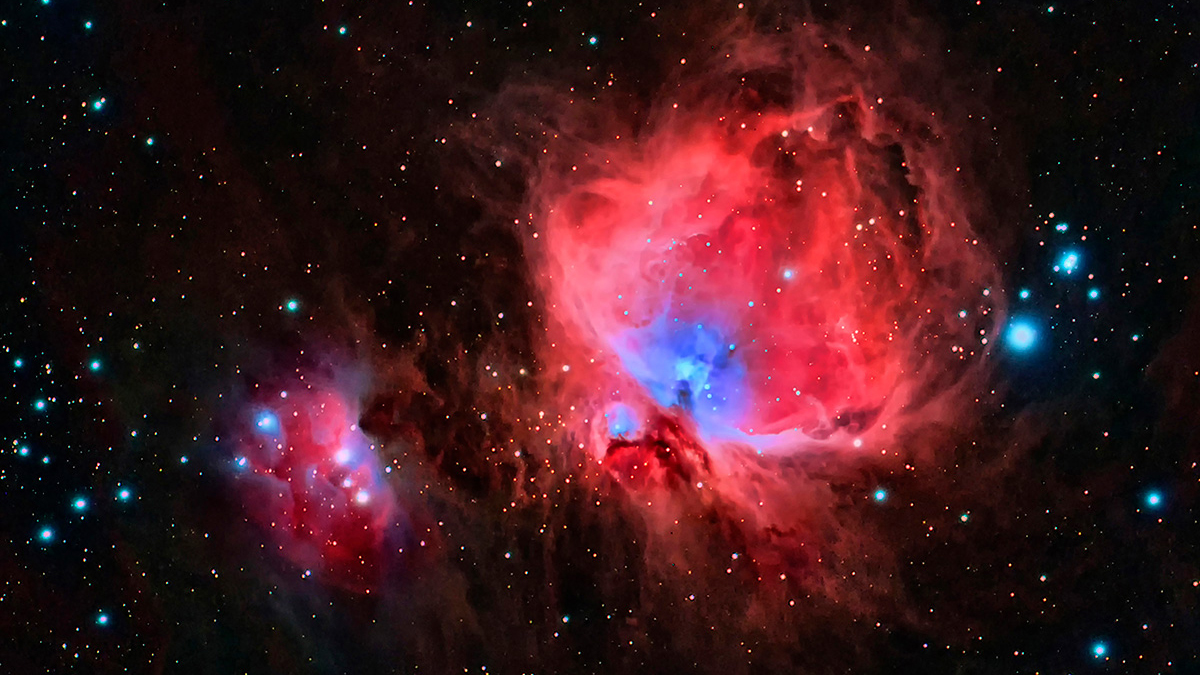A primer for deep space photography
A primer for deep space photography: Know what equipment to use
• January 2018 issue
It takes more than 100 captures to create one deep-space image, says Chris Garner, Cr.Photog., CPP, whose astrophotography unmasks the hidden colors, shapes, and mysteries of deep-space star clusters, nebulae, and galaxies not decipherable to the naked eye.
Photographing these celestial targets requires multiple, precise, long captures, he explains. Garner uses an older Canon 5D Mark II paired with either a 70-200mm f/2.8 lens or an Orion 80mm refractor telescope (480mm, f/6 quivalent). This optical train is guided by an Orion Atlas Pro AZ/EQ-G Computerized GoTo Telescope Mount. The mount compensates for the Earth’s rotation and allows for individual exposures of up to 30 minutes without capturing star trails.
There are four types of frames that must be captured (numerous times) to make a deep-space image:
- Light: Up to 50 images recording photons (light particles) taken with the same ISO and shutter speed (usually 5-10 minutes).
- Dark: Twenty to 30 images captured at the same ISO, shutter speed, temperature, and humidity as the light frames but with the lens cap on. (Dark files are used to map hot pixels and reduce noise.)
- Flat: Another 20 to 30 frames at the same ISO as the light frames, this time in aperture-priority mode with a white T-shirt stretched over the lens while photographing an even light source, most often a blank Word document on a laptop screen. (Flat files are used to correct any lens gradations or vignetting in the light files.)
- Bias: Multiple frames taken at the camera’s fastest shutter speed with the lens cap on at the same ISO as the light frames. (Bias files reduce read noise incurred during the analog-to-digital conversion within the camera.)
After all the frames are captured and uploaded, Garner uses the program Deep Sky Stacker to create a single flattened 16-bit TIFF file. “The process takes several hours, so don’t expect to use your computer for anything else while it’s processing the image,” he says. Final adjustments to the image are made in Photoshop CC 2017.
Joan H. Walker is the owner of Joan H. Walker Photography in Morehead City, North Carolina.


 View Gallery
View Gallery


